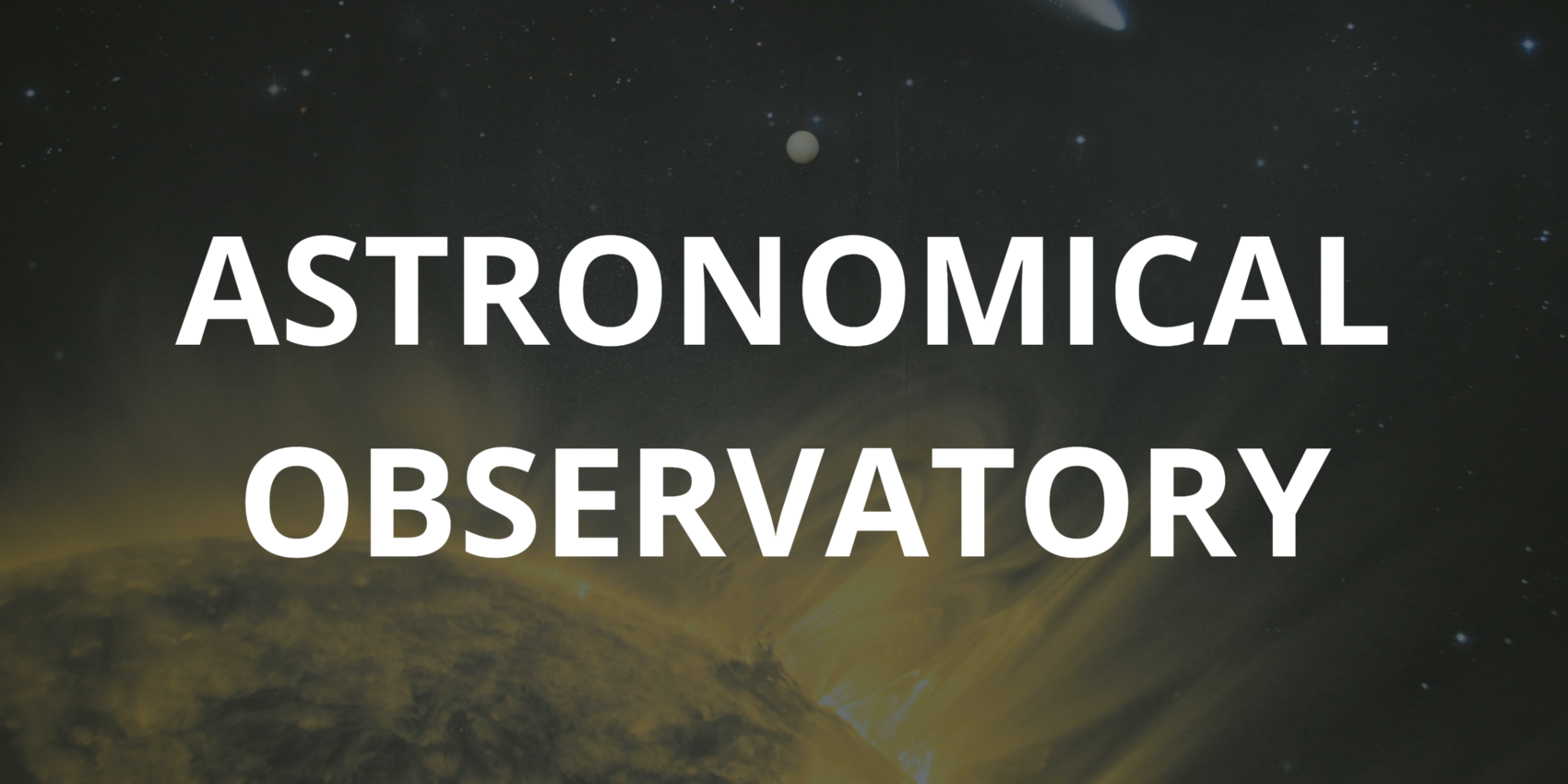

Fields of study:
Solar Activity, Meteor Activity, Extragalactic Astronomy, Astronomical Education, Popularization of Astronomy
Ongoing projects:
-
Monitoring and research of solar activity complexes and solar activity dynamics
-
Baseline meteor observations
-
Physical processes in gamma-ray bursts
-
Popular science and educational publications, public lectures
TOP projects:


provides continuous monitoring of solar activity using own observations of sunspots on the telescope "Zeiss-150" and extra-atmospheric observations of the space observatory SDO in the X-ray range, making synoptic maps of solar activity, identification of activity complexes and analysis of flare activity. The goal of the project is to develop, validate, and apply an algorithm for predicting large solar flares based on the phenomenological model of activity complexes created by the team.
The uniqueness of the project is determined by the capabilities of the original methodological approach to the determination of activity complexes on the Sun, developed at the IGU Astronomical Observatory. The approach has been tested in a series of scientific publications and a monograph.
It is expected that an effective method of predicting the danger period of large solar flares with an advance of about a month will be developed. The key partner in the project is the Institute of Solar-Terrestrial Physics SB RAS.


provides for the organization of continuous observations of meteors and bright bolides in automatic mode in the baseline.
This is the only installation of its class in the country.
It is expected that as a result of the launch of the installation to the normal observation mode, unique data on the characteristics of meteoric particles and bolide bodies burning over Eastern Siberia will be obtained. These data can characterize both the meteor bodies themselves and the characteristics of the Earth's upper atmosphere.
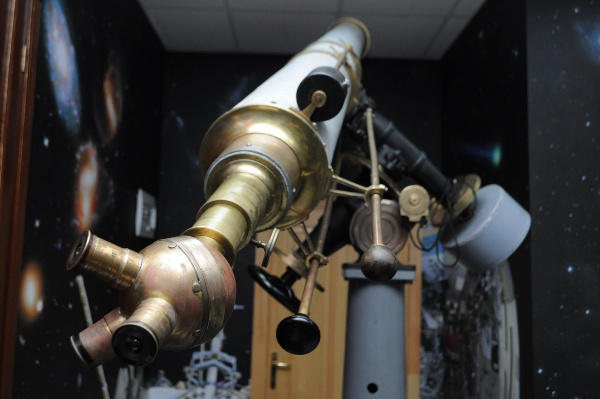
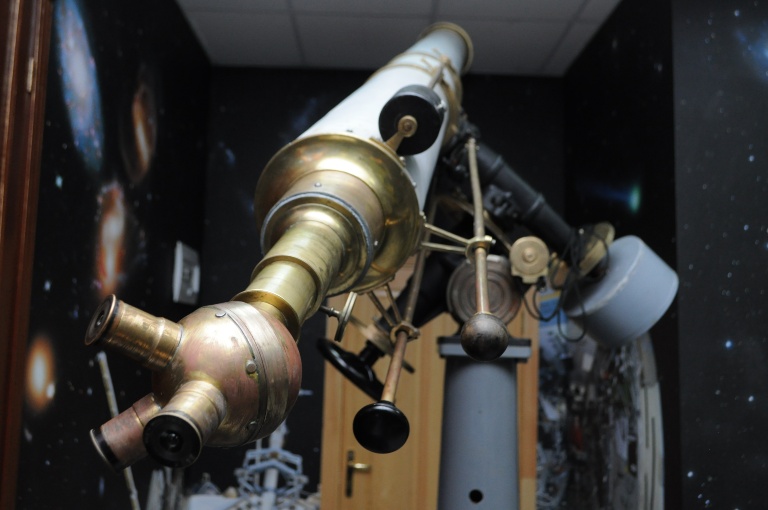
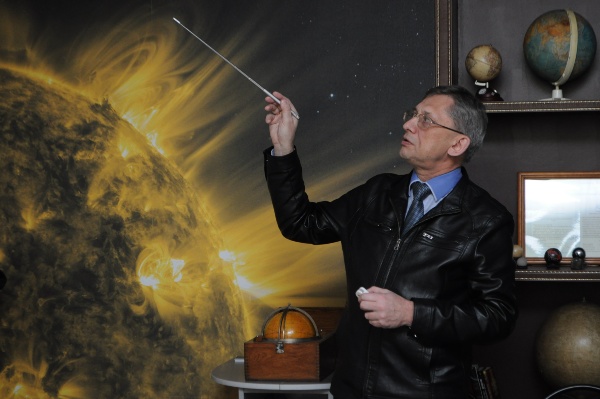
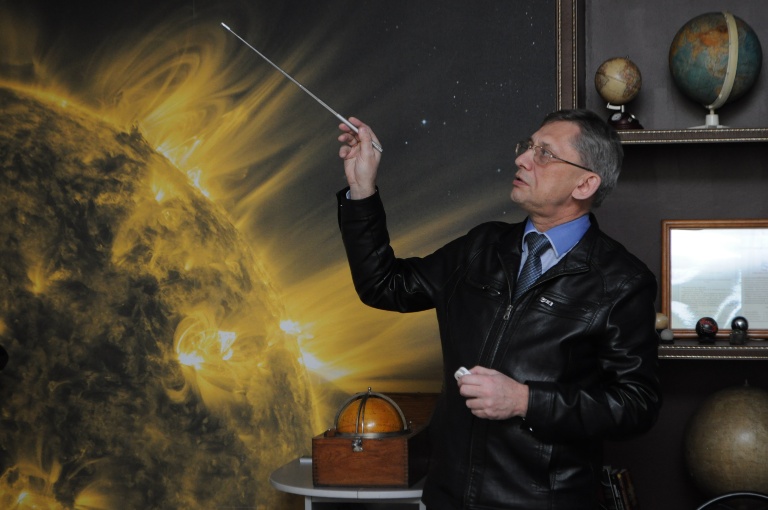

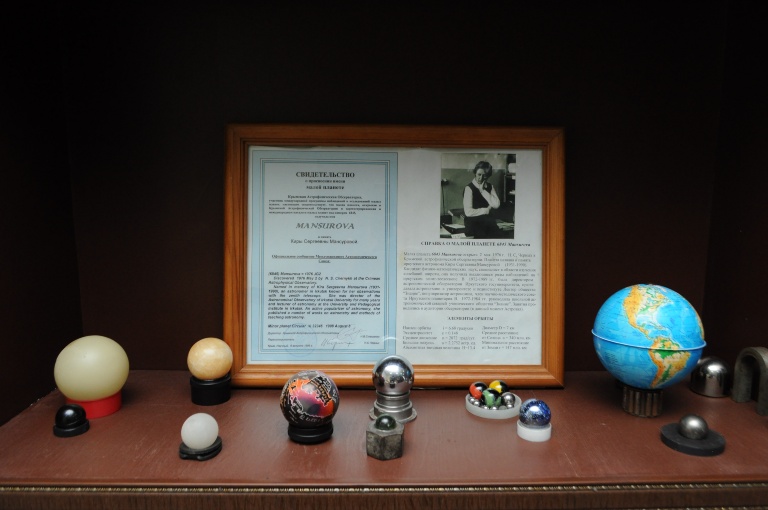
Achieved results:
- Based on long-term monitoring of activity complexes on the Sun, we developed an algorithm for its identification. Phenomenological and statistical model of this phenomenon was constructed. It has been proven that activity complexes are the most geoeffective structures on the Sun
-
The first automatic basic setup for observing meteors was created in the country. It was proposed an original method for determining the mass of meteor particles
-
Based on the results of observations on the MSU network of telescopes "MASTER" were made the discoveries of a number of previously unknown transients in the Galaxy and beyond, physical mechanisms to explain a number of observed gamma-ray bursts were proposed.
-
Several popular science books and textbooks on Astronomy have been prepared and published, public lectures on Astronomy and Astronautics are given regularly.
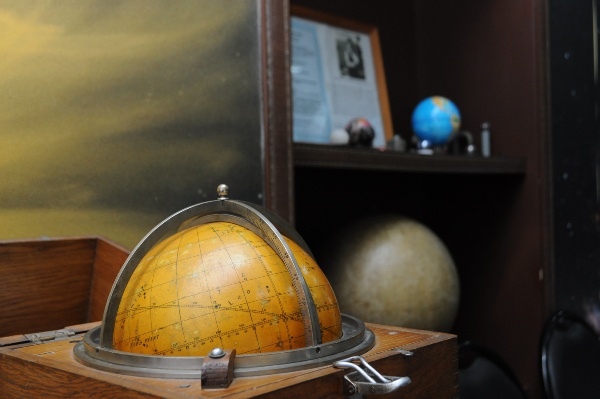
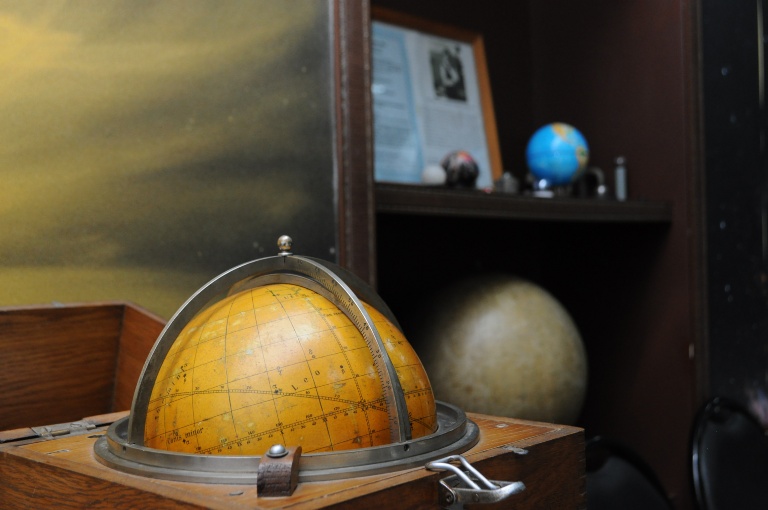
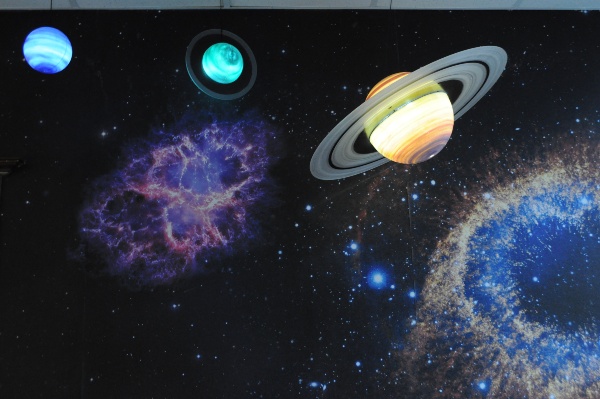
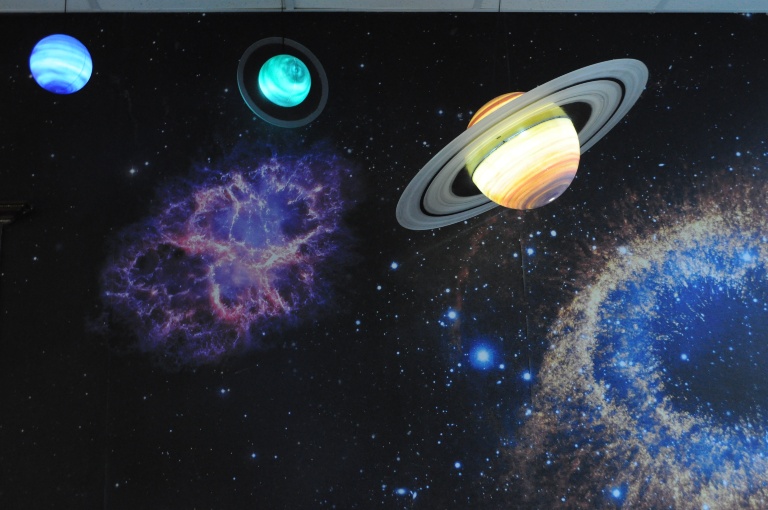
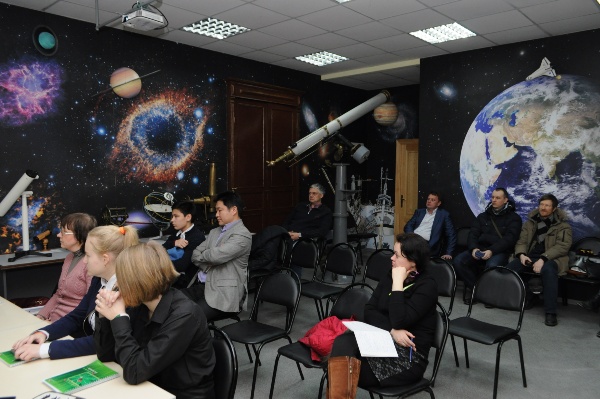

Primary investigator
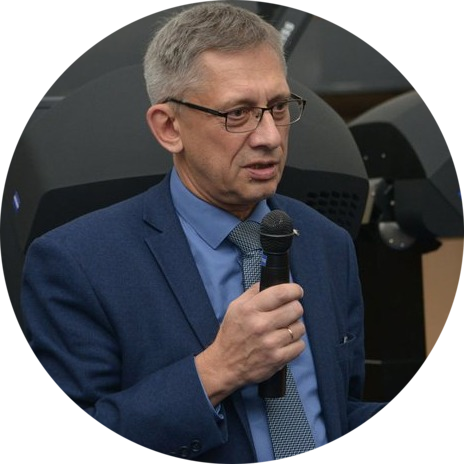
Doctor of Sciences (Physics and Mathematics)















